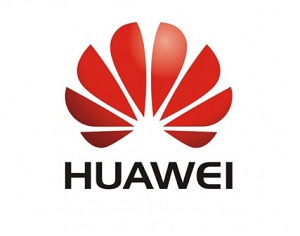Huawei announced that it has achieved milestones in the verification and evaluation of R16 standards based on the guidance from the IMT-2020 (5G) Promotion Group. This is a momentous step for China’s third-phase 5G technology research and development (R&D) test. According to the Verification of R16, Future New Functions, and Technologies released by IMT-2020 5G Promotion Group in February this year, development of standards, R&D, and tests are simultaneously conducted during the third phase. In a continuous effort to support the consolidation of 3GPP standards, Huawei has tested and verified a series of new technologies and functions that 3GPP R16 introduced across typical 5G application scenarios.
Ultra-Reliable and Low-Latency Communications (URLLC) enables three typical scenarios: industry, electric power, and Vehicle to Everything (V2X). This test demonstrates URLLC’s application in New Radio (NR) V2X. Huawei offered an end-to-end (E2E) solution featuring coordinated design of C-V2X (NR URLLC), a roadside unit (RSU), and mobile edge computing (MEC). In the test, the first car emergency lane change in front of the car was deployed on the roadside camera on RSU(Road Side Unit) and the video signal was transmitted to the MEC in real time. The MEC cooperated with the v2x control center to make a decision , send commands by the NR Uu air interface to the self-driving vehicle, implement a lane change or brake operation,etc. At the same time , in order to maintain the formation, the rear vehicle exchanges information with the preceding vehicle via the NR SL(Sidelink) to maintain the formation.
Massive Machine Type Communication (mMTC) is a candidate technology for R16 or later versions, especially when it is applied to NR uplink video transmission. Huawei used 5G NR for uplink in this test to have video services run on 5G networks and demonstrated 5G-enabled AI on university campuses. This revealed that 5G can offer students a high level of safety and security.
Enhanced Mobile Broadband (eMBB) scenario based on R15 standards has been widely used throughout the industry, while R16-based applications are still at the exploratory stage of development. Key candidate technologies designed for 3GPP R16 standards, such as Type II codebook optimization, multiple codes, and feedback enhancement, are also being promoted.
Currently, the formation of 5G standards is at a critical juncture. June 2018 is a pivotal moment in history with the formation of standalone (SA) standards and the release of R15 (the first 5G release). It also serves as a great starting point for researches on R16 study items (SIs) and work items (WIs). December 2019 is expected to see the completion of a full set of 5G standards meeting all requirements of the International Telecommunication Union (ITU). Huawei is fully committed to preparing for the finalization of R16 standards and supporting the standardization of 5G enhanced technologies. Through continuous improvement of system performance and diverse research into 5G applications for typical scenarios, Huawei envisions a bright future for both 5G services and applications.





















